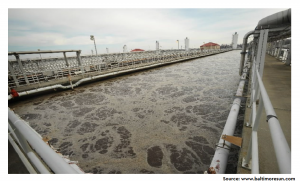Antibiotic resistance (ABR) became a major threat to public health and India is a top contributor to this global issue. The resistant bacteria are found in humans, animals, birds, aquatics, plants, and the environment and can spread between hosts and the environment. “One Health” is an approach that addresses this multidisciplinary problem through designing and implementing programs, policies, legislation, and research in which multiple sectors communicate and work together for achieving better outcomes. But the challenge is that there is a paucity of data in India regarding antibiotic resistance as well as “One health”. Hence, an integrated surveillance system considering data from different sectors, and antibiotic usage or consumption for humans and animals is highly essential.
A study by HOTSTAR-India Study Group et al, attempts to document the pattern of infections because of the seven index bacteria (A baumannii, P aeruginosa, Enterobacteriaceae, E coli, K pneumoniae, S aureus, Enterococcus faecium, and Salmonellae spp) in humans, animals, birds and freshwater fishes sharing the same environment and their resistance patterns. It also aims to identify the risk factors for ABR at the individual and community level and apply geospatial epidemiology analytical methodology to improve the understanding of bacterial infections and ABR. The study uses surveillance and cross-sectional design with a mixed methodology for data collection. The study is being implemented at four medical college hospitals, one veterinary college hospital, and the fishery research institute in Khurda district, Odisha.
This multisectoral surveillance for bacterial infection and ABR using One Health’s perspective and geospatial epidemiology techniques will improve knowledge regarding pattern and spread of resistance and will help in prevention and control resistance.
To read the entire article, please visit the website of the Journal of Medical Internet Research







